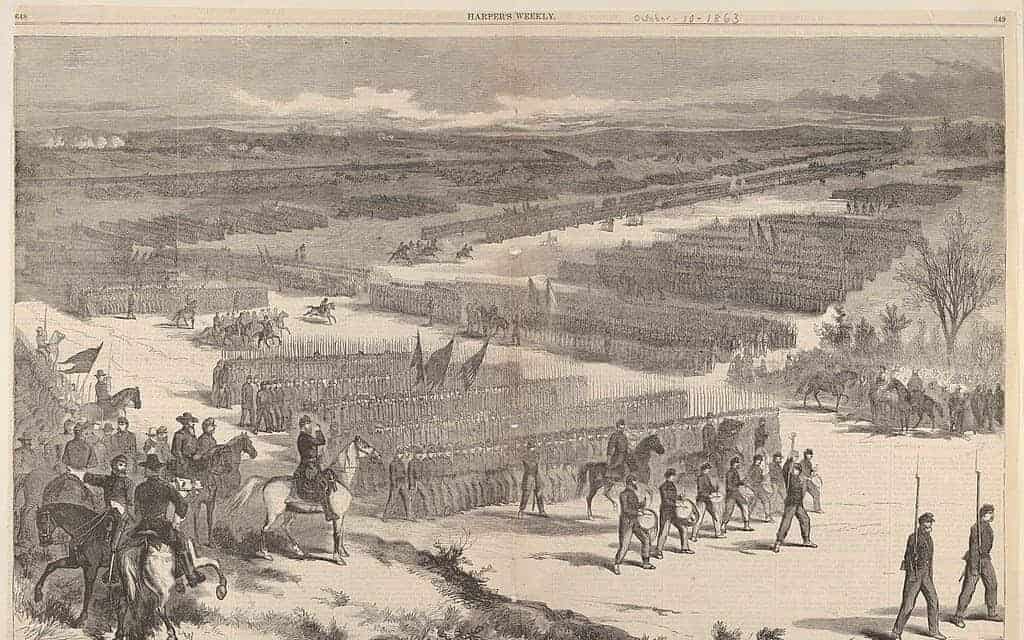
World War I Veterans
The United States declared war on Germany in the spring of 1917, and Americans were soon rollicking to George M. Cohan’s Over There as America mobilized for war. General John J. Pershing began training his troops in the United States before shipping them to Europe and for the first time in the twentieth century American industry turned to war production. While it did so, a few enlightened members of Congress studied the means of taking care of the American troops and sailors when they returned after the war. It was obvious to them that the Civil War era method of providing pensions was unworkable, especially given the sheer number of men who would soon be under arms.
A law passed in October 1917 shifted the pension system to a new system based on the percentage of disability, establishing guidelines to allow a determination of the reduction of earning capacity based upon injuries sustained in service. It also gave greater leeway to the assessors, for the most part creating a system in which more generous awards for disability could be given to the veteran. Two veterans with identical impairments could be awarded different levels of compensation based on the number of people dependent on the veteran for their support.
The system also considered the size of the veteran’s immediate family to determine the amount of compensation due to one’s widow and children. Previously the amount had been solely dependent on the deceased veteran’s rank at the time he was killed. The new system took into account the sacrifice made by the veteran and his family, rather than his stature in the military ranks, and more fairly distributed the funds available to returning veterans and the families of those who did not return, or did so with debilitating injuries which precluded their further contributions to society.
Nonetheless, although the new system appeared to be fairer than those preceding it, its application was faulty. Returning veterans still had to go through a lengthy and often circuitous procedure in order to receive their promised benefits. The Americans again returned to celebratory parades only to find that once the flags were furled and the drums silenced the general public was not particularly concerned whether or not veterans received what they were promised when they joined to serve. The veterans of earlier wars were not absorbed into the new system, and they resented the more generous benefits awarded to the veterans of the First World War.
Throughout the 1920s the nation’s economy boomed, prohibition and the emergence of organized crime occupied the public attention, and the plight of veterans was largely ignored. The Army shrank, the Navy stored most of its ships, the United States entered into arms reduction treaties, and most Americans believed, at least for a time, that the War to End All Wars had accomplished just that. The incoming Roosevelt administration took steps to solidify the affairs of America’s veterans in 1933, repealing all preceding laws concerning America’s veterans and establishing new regulations and agencies, under the Executive Branch, to handle veteran’s affairs.

